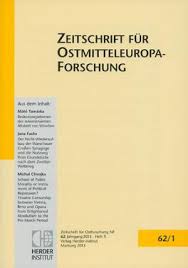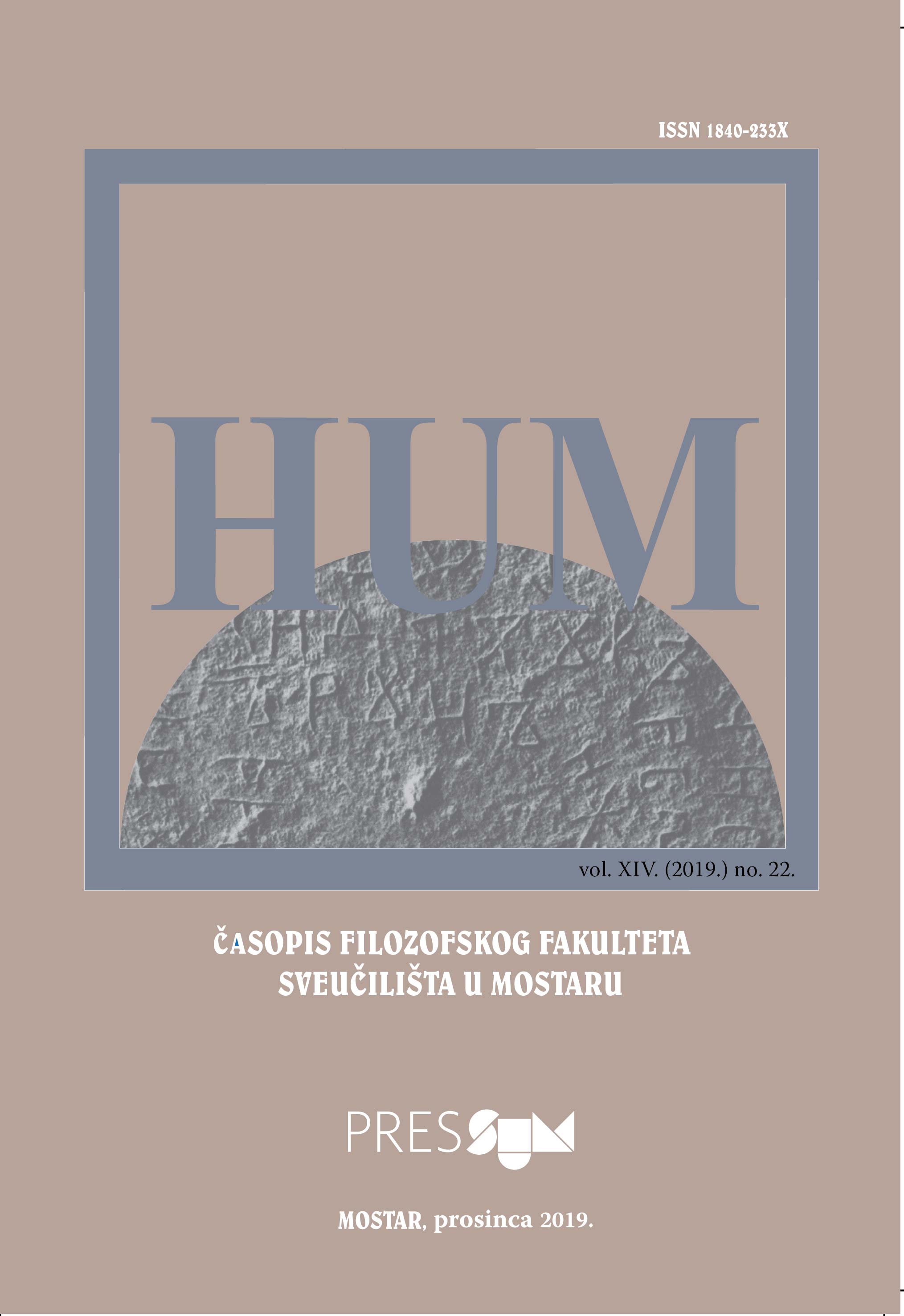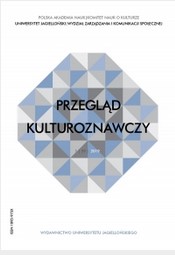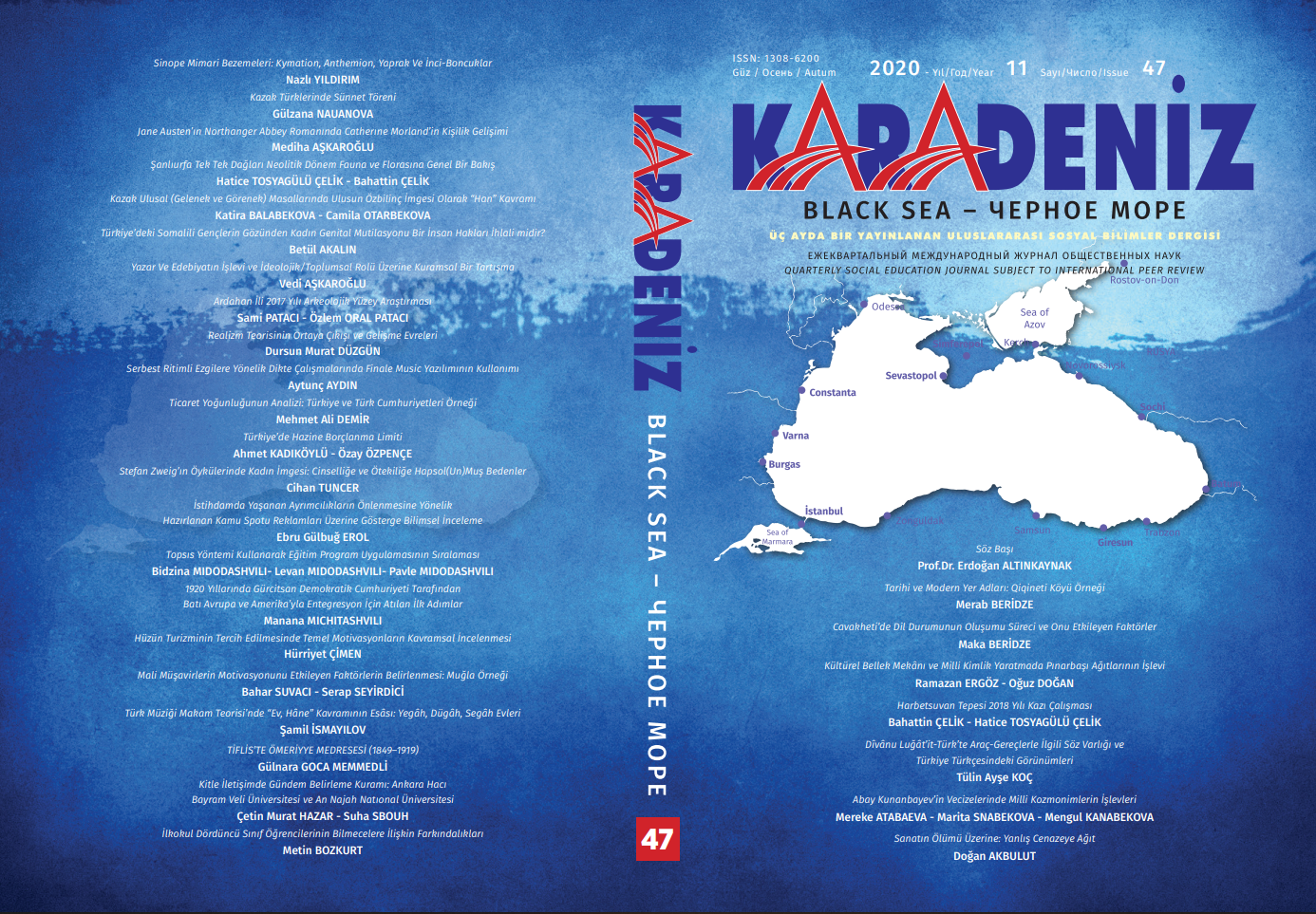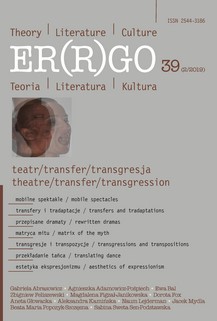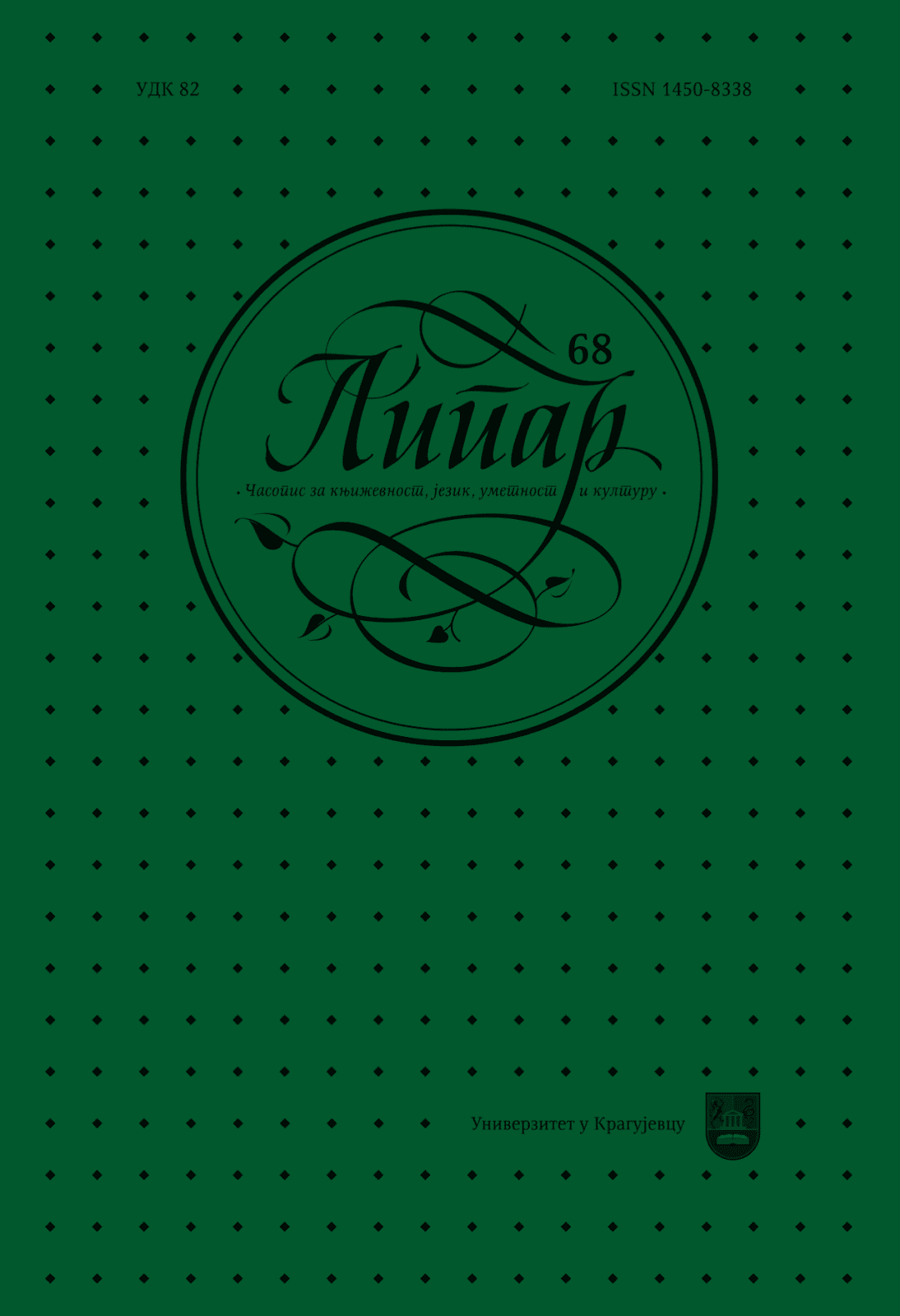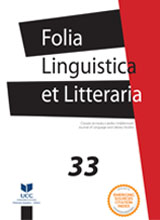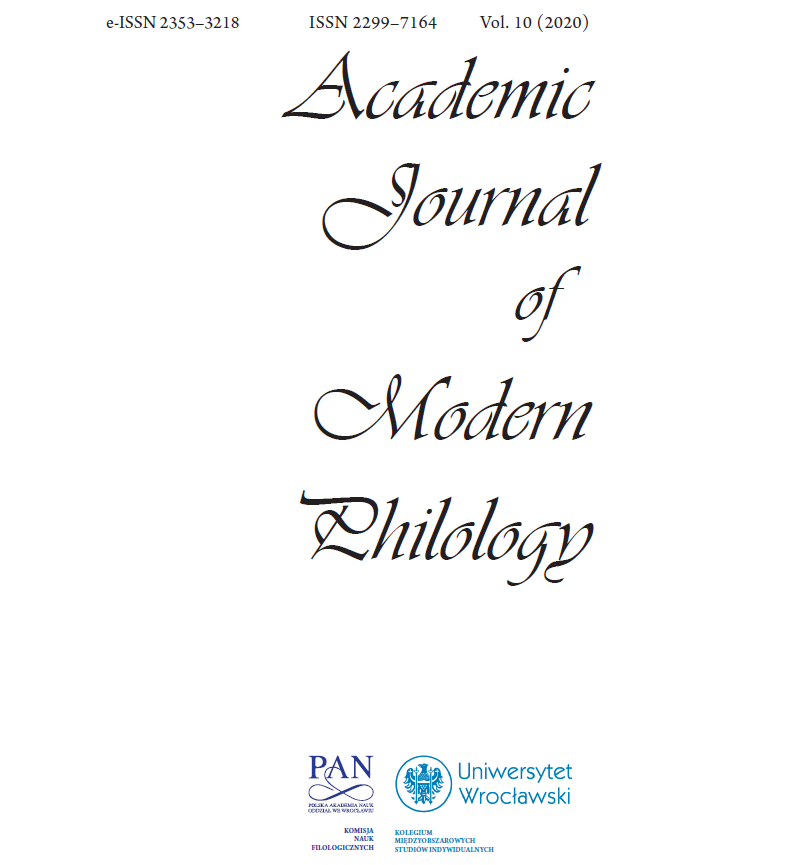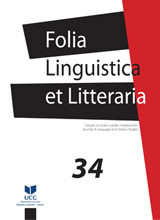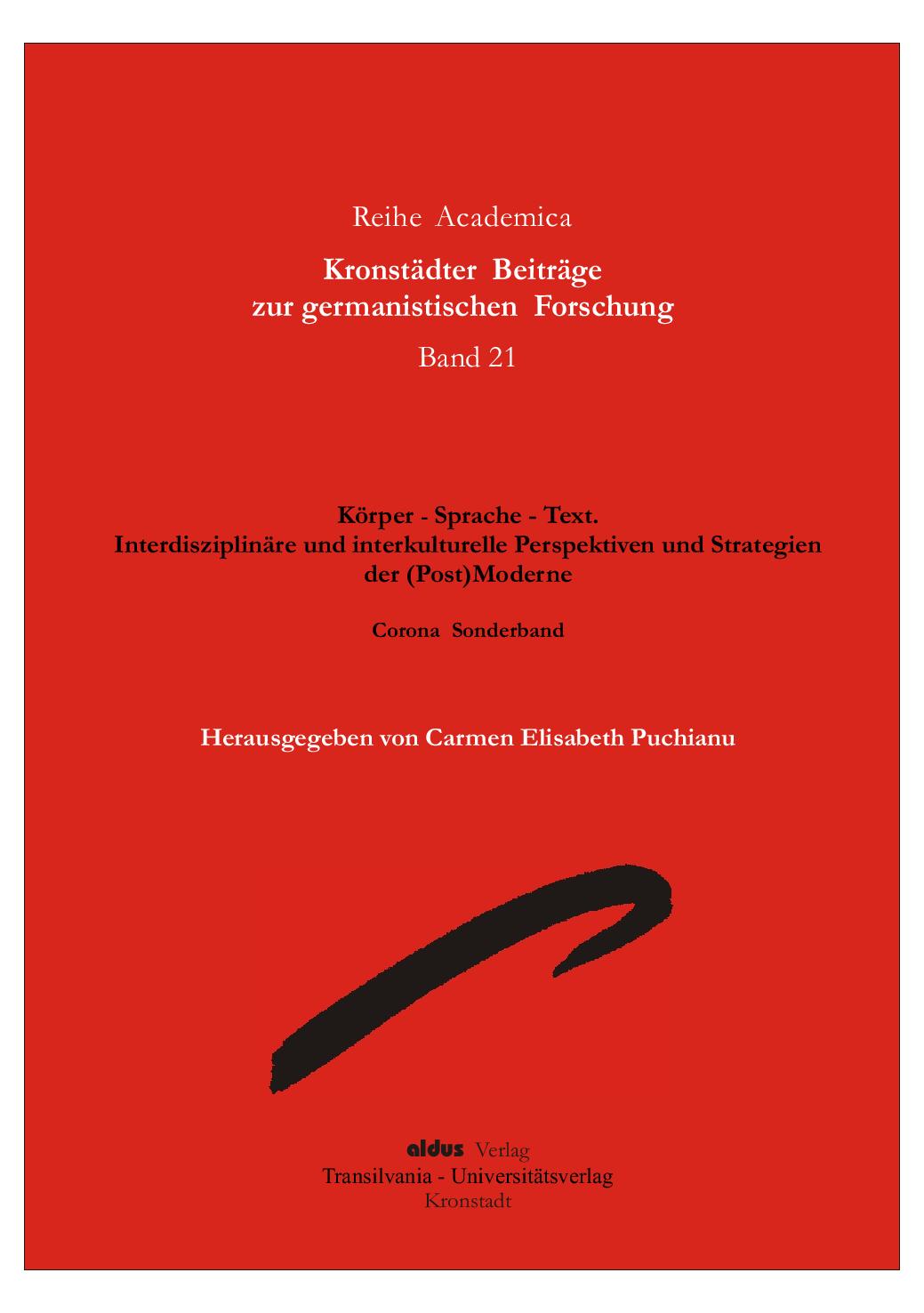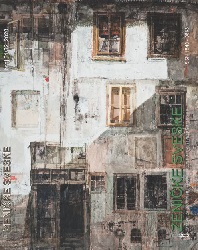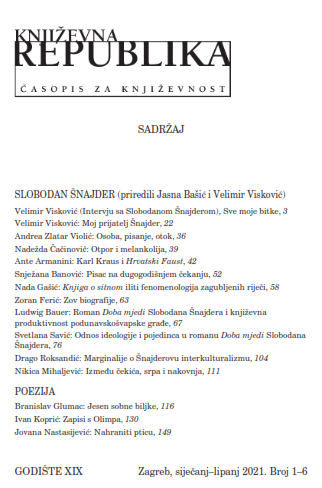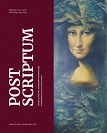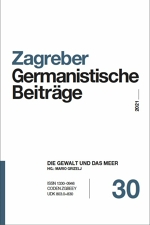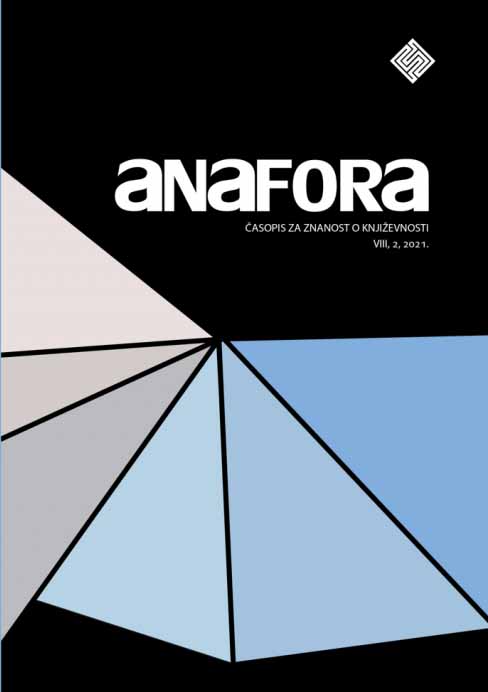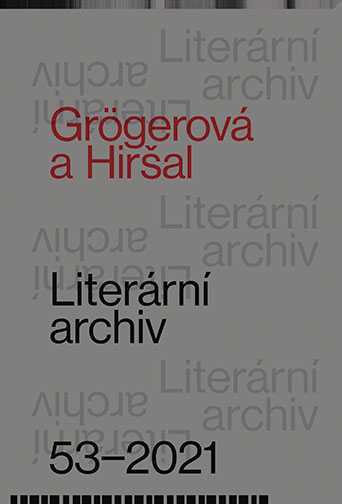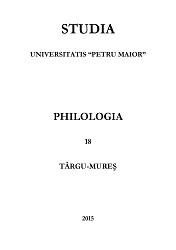Author(s): Cihan Tuncer,Cihan Tuncer / Language(s): Turkish
Issue: 47/2020
Women have been pushed into a position of otherness by the male, who has constructed himself as the dominant subject throughout history. In such a positioning, social gender has been a determining factor, designed by the patriarchal community. Gender, which is the cultural interpretation of sex or a construction of meaning built upon sex, is of an artificial and othering character. As such, gender turns into a phenomenon which scrutinizes females into spesific roles in society, hindering any possibility of their transcending such roles. Whereas the male is in the forefront as a transcendental subject, gender atrributes to the female such roles as a mother, sex mate or housewife. That problematic position of the female is also related to knowledge. As, since ancient times it has been the male mind which has produced knowledge in disciplines varying from Philosophy to Mythology, from History to Politics, it seems inevitable for the female to become the object of knowledge and be defined with her physical aspects. Ignored in terms of mental faculties, the female is labeled by the male as “sentimental, in pursuit of her passions, incapable of thinking and devoid of knowledge”, encoded in modern communities as a sexual mate, a body necessary for maintenance of the generation, turned into a sexual object/fetish through the image in media and consumerist society, and is imprisoned into itself as a sexual, spectacle, erotic object in visual arts. The patriarchal approach condemning the female into secondary/othered position judging her in sexual terms is also reflected in literature. With the interest of Feminism in literature in the 1960s, its main aim was to reveal how the female image is constructed and what type of female is created in fiction, and feminist literary criticism emerged. In this study, the female imagery in the selected short stories by Stefan Zweig, a famous author in German literature, is analysed through reader-centered feminist literary criticism.
More...


